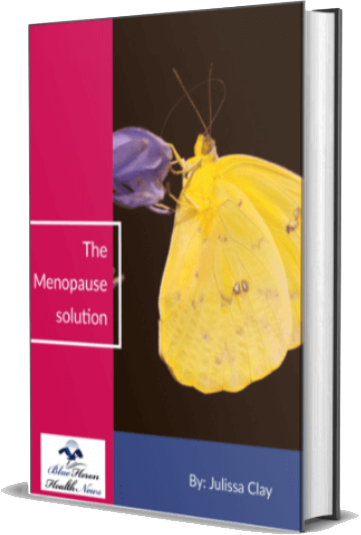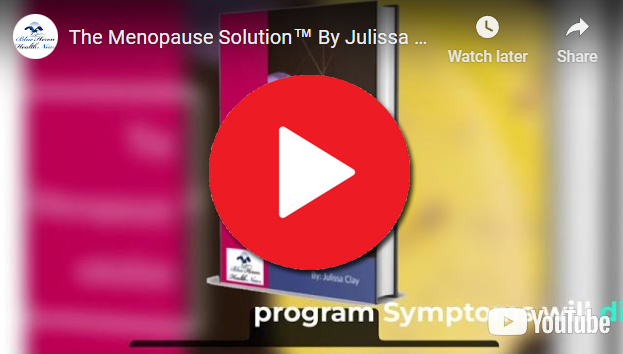
How does menopause differ from perimenopause?
Menopause and perimenopause are both stages in the natural transition of a woman’s reproductive life, but they differ in their timing, hormonal changes, and symptoms. Here’s a detailed comparison of menopause and perimenopause:
1. Timing
- Perimenopause:
- This is the transitional phase leading up to menopause. It can start in a woman’s 40s (sometimes earlier) and lasts an average of 4 years, but it can be shorter or last up to 8-10 years.
- Perimenopause continues until a woman reaches menopause, marked by the end of menstrual periods.
- Menopause:
- Menopause is officially reached when a woman has gone 12 consecutive months without a menstrual period, marking the end of her reproductive years. The average age for menopause is around 51.
2. Hormonal Changes
- Perimenopause:
- During perimenopause, estrogen and progesterone levels fluctuate significantly. These hormonal swings cause most of the symptoms associated with this stage.
- Ovulation becomes irregular, and women may still have menstrual periods, but they may become more erratic in length, flow, and timing.
- Menopause:
- In menopause, the ovaries have stopped producing eggs and hormone production (especially estrogen and progesterone) declines significantly.
- Follicle-stimulating hormone (FSH) levels rise as the body tries to stimulate the ovaries, which are no longer responsive to hormonal signals.
3. Menstrual Cycle
- Perimenopause:
- Menstrual periods become irregular during perimenopause, which may be one of the first noticeable signs of this stage. Periods may be shorter or longer, heavier or lighter, and more spaced apart. Some months may be skipped altogether.
- Menopause:
- Menopause is defined by the complete cessation of menstrual periods. A woman is considered to have reached menopause after 12 consecutive months without a period.
4. Symptoms
- Perimenopause:
- Perimenopause often has more pronounced symptoms due to fluctuating hormone levels. Common symptoms include:
- Hot flashes and night sweats: Sudden feelings of heat that can cause sweating and discomfort.
- Mood swings and irritability: Emotional fluctuations due to hormonal changes.
- Sleep disturbances: Difficulty falling or staying asleep, often linked to night sweats.
- Irregular periods: Changes in cycle length, flow, and frequency.
- Vaginal dryness: Lower estrogen levels can cause vaginal tissue thinning, leading to dryness and discomfort during sex.
- Weight gain and changes in body composition.
- Decreased libido: A reduction in sexual desire.
- Perimenopause often has more pronounced symptoms due to fluctuating hormone levels. Common symptoms include:
- Menopause:
- In menopause, many of the same symptoms seen in perimenopause may persist, but they are often less severe as hormone levels stabilize. Some key symptoms include:
- Hot flashes: These may continue but can decrease in frequency and intensity.
- Vaginal dryness and urinary changes: As estrogen levels remain low, vaginal dryness, thinning of the vaginal lining, and an increased risk of urinary infections or incontinence can continue.
- Bone health concerns: The drop in estrogen contributes to bone density loss, increasing the risk of osteoporosis and fractures.
- Heart health risks: Reduced estrogen levels increase the risk of cardiovascular diseases.
- Symptoms like mood swings and irritability may decrease as hormone fluctuations stabilize, but some women continue to experience sleep issues and mood changes.
- In menopause, many of the same symptoms seen in perimenopause may persist, but they are often less severe as hormone levels stabilize. Some key symptoms include:
5. Reproductive Status
- Perimenopause:
- Women are still fertile during perimenopause, though fertility declines significantly due to irregular ovulation. Pregnancy is less likely but still possible during this stage.
- Menopause:
- Once menopause is reached, a woman is no longer fertile and can no longer become pregnant naturally. The ovaries have stopped releasing eggs, and the reproductive years are over.
6. Duration
- Perimenopause:
- This stage can last from several months to several years (commonly around 4 years), leading up to menopause. It is a time of gradual transition as hormone levels become more erratic and periods change.
- Menopause:
- Menopause itself is not a process but a point in time—the point when a woman has gone 12 months without menstruating. After this, the woman enters the postmenopausal phase, which lasts for the rest of her life.
7. Postmenopausal Phase
- Perimenopause:
- There is no postmenopausal phase during perimenopause since the ovaries are still producing some hormones and periods have not completely ceased.
- Menopause:
- After menopause, women enter the postmenopausal phase, during which the body adapts to lower levels of estrogen and progesterone. Health risks such as osteoporosis and heart disease become more prominent, and symptoms like hot flashes and vaginal dryness may persist.
8. Health Risks
- Perimenopause:
- Health risks during perimenopause are mostly related to hormonal fluctuations, such as irregular bleeding or mood swings.
- Some women may experience early bone loss or changes in cholesterol levels during this phase.
- Menopause:
- After menopause, long-term health risks become more pronounced due to consistently low estrogen levels, including:
- Osteoporosis: Loss of bone density increases the risk of fractures.
- Cardiovascular disease: The risk of heart disease and stroke increases as estrogen’s protective effects on the heart diminish.
- Weight gain: Metabolism slows down, often leading to weight gain, particularly around the abdomen.
- After menopause, long-term health risks become more pronounced due to consistently low estrogen levels, including:
Summary
- Perimenopause is the transitional phase leading up to menopause, characterized by irregular periods, fluctuating hormone levels, and more intense symptoms like hot flashes, mood swings, and sleep disturbances.
- Menopause is the point in time when a woman has not had a period for 12 consecutive months, signaling the end of her reproductive years. After this, the body enters the postmenopausal phase, where hormone levels remain low, and long-term health risks like osteoporosis and heart disease become more relevant.
Understanding the difference between perimenopause and menopause helps women manage the symptoms of each stage and seek appropriate medical care to address the physical and emotional changes that occur.

The Menopause Solution™ By Julissa Clay – Blue Heron Health News The Menopause Solution it can be concluded easily that you should try this program at least once if menopause is destroying your internal organs or deteriorating your physical health to a considerable level. This program can help in resolving your health issues caused by perimenopause and menopause in a completely natural manner. You can use this program without any risk as you can get your money back if you are not satisfied with its results.